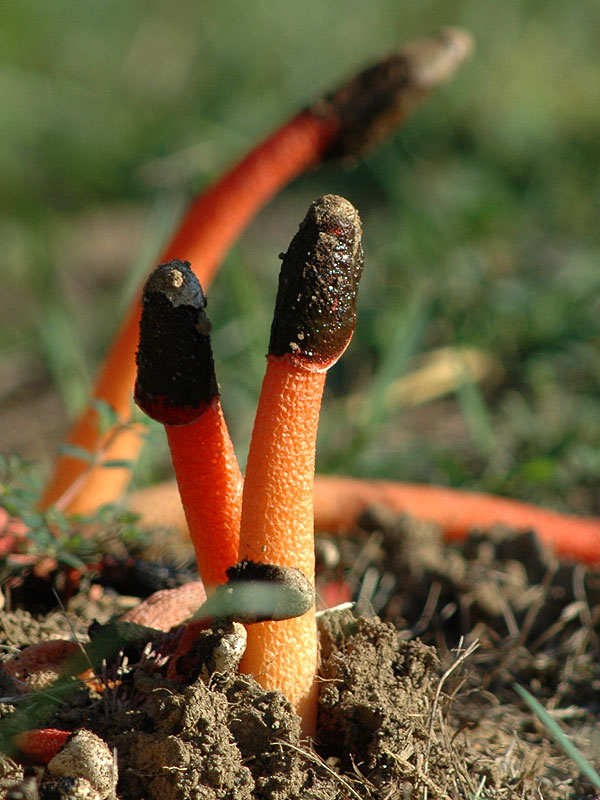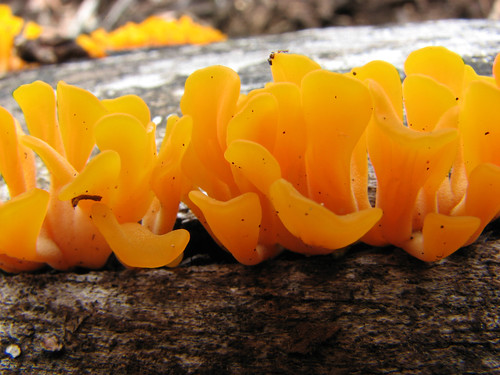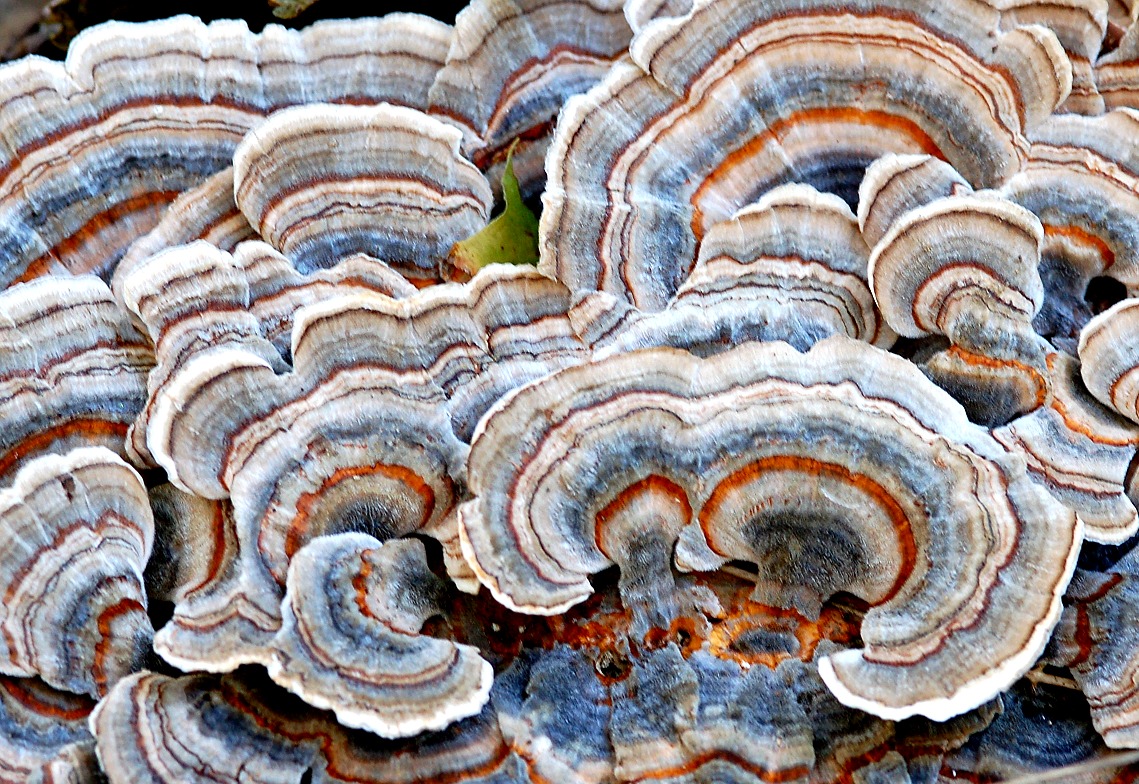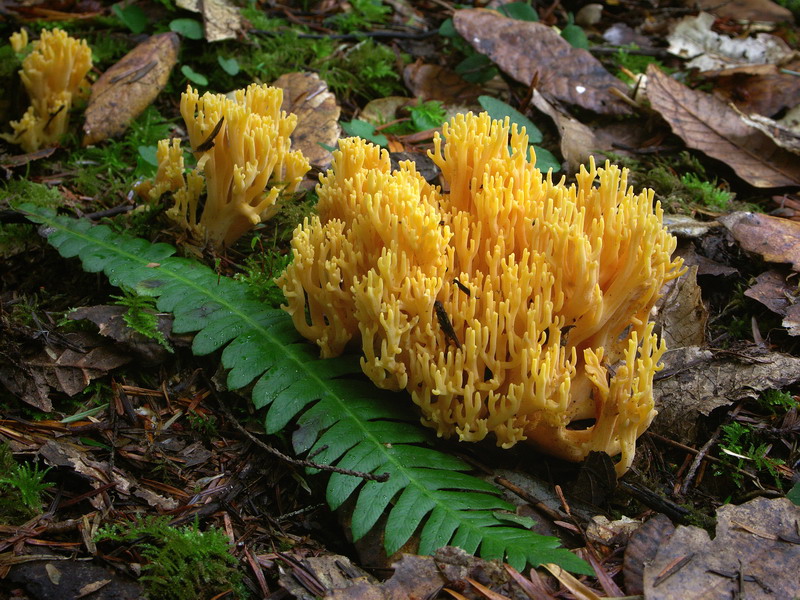
 Dozens of varieties of edible mushrooms appear in the spring, but there's no doubt that the wild morel mushroom is the star of the season. Despite their spongy, almost alien appearance, morel mushrooms have a delicate texture and a rich, earthy flavor that some describe as not unlike a fine steak. Morels are so prized that fresh specimens often command upwards of $50 a pound. Luckily, these gourmet fungi can be found in most wooded areas of the United States; they're also remarkably easy to identify, which makes morels a perfect choice for the beginning mushroom hunter.
Dozens of varieties of edible mushrooms appear in the spring, but there's no doubt that the wild morel mushroom is the star of the season. Despite their spongy, almost alien appearance, morel mushrooms have a delicate texture and a rich, earthy flavor that some describe as not unlike a fine steak. Morels are so prized that fresh specimens often command upwards of $50 a pound. Luckily, these gourmet fungi can be found in most wooded areas of the United States; they're also remarkably easy to identify, which makes morels a perfect choice for the beginning mushroom hunter.http://www.lifeunplugged.net/lifeunplugged/gardenpantry/morel-mushroom-hunting.aspx
http://www.mushroomexpert.com/phallus_impudicus.html
http://www.agrihelper.com/topics/Stinkhorn


















